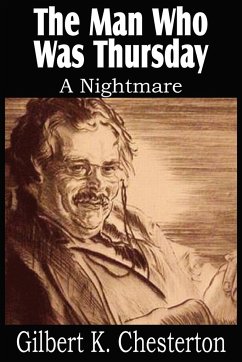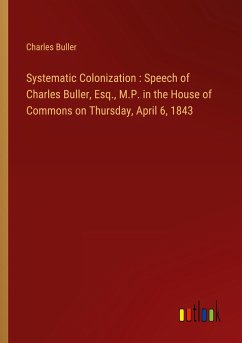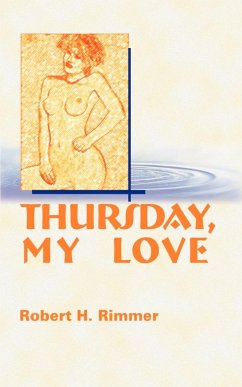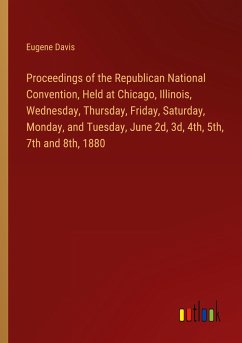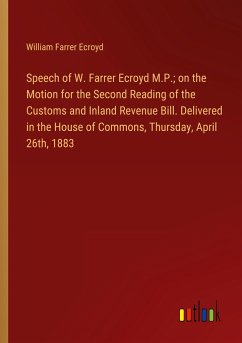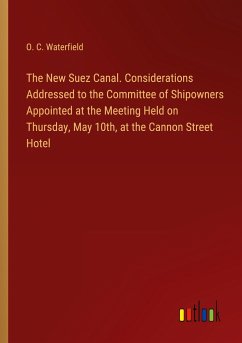The Man Who Was Thursday, A Nightmare metaphysical thriller and Chesterton's most famous novel. The story revolves around Gabriel Syme, a poet, a policeman recruited to a secret anti-anarchist task force at Scotland Yard to infiltrate a secret organization of anarchists. The Man Who Was Thursday follows the twentieth-century nonsense-fantastical tradition of Lewis Carroll and Edward Lea. Like most of Chesterton's fiction, The Man Who Was Thursday contains some Christian allegory. Gilbert Keith Chesterton was an English prolific and diverse writer whose subjects include philosophy, ontology, poetry, playwriting, Christian apologetics, and fiction, including detective fiction. Chesterton is well known for his reasoned apologetics , as a political thinker and orthodox Christian.

